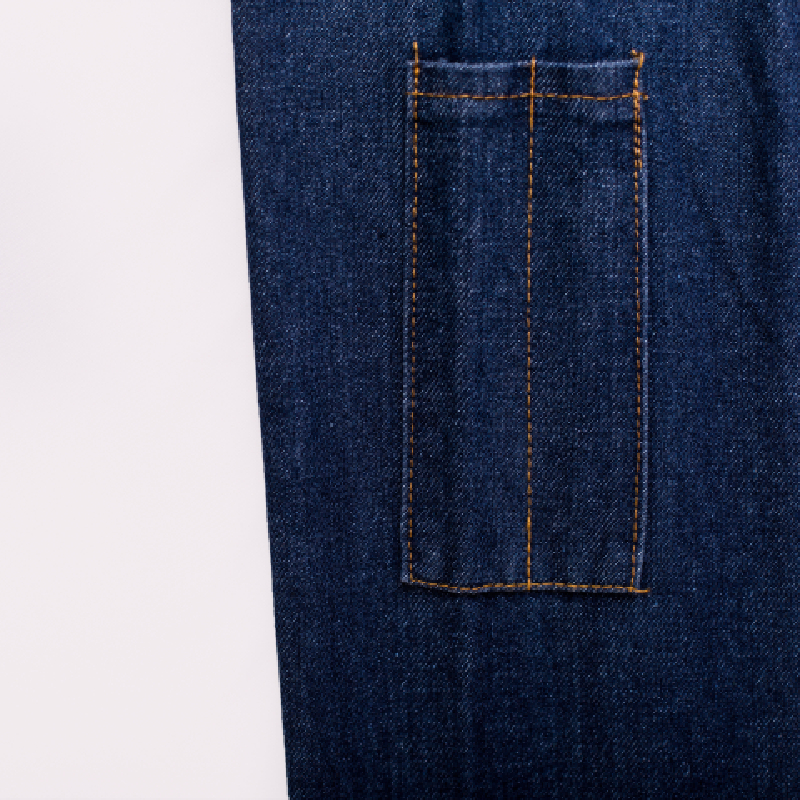- Afrikaans
- Albanian
- Arabic
- Armenian
- Basque
- Belarusian
- Bengali
- Bulgarian
- Croatian
- Czech
- Danish
- Dutch
- English
- Esperanto
- Finnish
- French
- German
- Greek
- Hebrew
- Hindi
- Indonesian
- irish
- Italian
- Japanese
- Javanese
- kazakh
- Rwandese
- Korean
- Kyrgyz
- Latin
- Latvian
- Luxembourgish
- Malay
- Myanmar
- Nepali
- Persian
- Polish
- Portuguese
- Romanian
- Russian
- Serbian
- Slovak
- Spanish
- Swedish
- Tagalog
- Tajik
- Turkish
- Ukrainian
- Uzbek
- Vietnamese
Aug . 17, 2024 00:55 Back to list
Affordable Heat Resistant Gloves for Every Budget and Need
Heat Resistant Gloves Understanding Prices and Features
In various industries, from cooking and baking to metalwork and glass handling, heat resistant gloves are essential safety gear. Not only do they protect workers from potential burns and injuries, but they also enhance performance by allowing for a secure grip when handling hot objects. As the demand for these gloves increases, so does the interest in understanding their pricing structures. This article explores the factors affecting the prices of heat-resistant gloves and provides insights into what consumers should consider when making a purchase.
Essential Features of Heat Resistant Gloves
Before delving into pricing, it’s vital to understand what makes heat resistant gloves effective. The primary function of these gloves is to provide insulation against heat. They are typically made from materials such as Kevlar, leather, silicone, or fiberglass, each offering varying degrees of heat resistance. Gloves are rated to withstand different temperature ranges, which is a significant factor in their price point.
For instance, gloves that can withstand temperatures up to 300°F may come at a lower price compared to those rated for temperatures exceeding 1000°F. This is due to the advanced materials and the technology used in crafting higher-rated gloves. Additionally, gloves with specialized features like reinforced stitching, added grip capabilities, waterproofing, or those designed for specific tasks will often command higher prices.
Pricing Breakdown
The price of heat resistant gloves can vary widely based on brand, material, and specific features. Budget options might start around $10 to $20 per pair, suitable for light to moderate use, such as home cooking or occasional grilling. Mid-range options, usually found in the range of $20 to $50, often provide better materials and durability, ideal for more frequent use or in semi-professional environments.
For industrial-grade gloves, particularly those designed for heavy-duty applications like metal forging or glassblowing, prices can soar between $50 to over $100 per pair. This price reflects the advanced materials and engineering that allow for extreme heat resistance and prolonged use without compromising safety.
heat resistant gloves price

Factors Influencing Prices
Several factors influence the pricing of heat-resistant gloves
1. Material Quality High-quality materials that offer superior heat resistance naturally increase production costs, which are then reflected in the retail price. Brands using proprietary blends of synthetic fibers or innovative weaving techniques tend to charge a premium.
2. Safety Certifications Gloves that meet rigorous safety standards and certifications are often priced higher due to the extensive testing and validation processes they undergo. Certifications such as ASTM or EN standards guarantee a level of safety and effectiveness.
3. Brand Reputation Established brands with a proven track record of reliability and safety may have higher price tags. Consumers often prefer brands that are synonymous with quality, which can justify the higher investment.
4. Special Features Gloves that offer added functionality—like waterproofing, flame resistance, or enhanced grip—will typically be priced higher. These features are particularly valuable in environments where multiple types of hazards are present.
Conclusion
When choosing heat resistant gloves, price should not be the only determining factor. While it’s essential to stay within budget, the primary consideration must be safety and functionality suited to the specific task. Whether you are a home cook, a professional chef, or an industrial worker, investing in quality heat-resistant gloves can significantly reduce the risk of injury while enhancing performance. As a general rule, it is always wise to assess the intended use, required heat protection level, and choose gloves that combine safety and comfort for the best results.
-
Work Reflective Vest: A Silent Guardian of Security
NewsJul.10,2025
-
Vest Reflective Safety: A Safety Lighthouse in Low Light and High Traffic Environments
NewsJul.10,2025
-
Soft Cotton Polo Shirts: A Fashionable and Practical Choice for Multiple Scenarios
NewsJul.10,2025
-
Soft Cotton Polo Shirts: A Fashionable and Practical Choice for Multiple Fields
NewsJul.10,2025
-
Reflective Vest: The Light of Industry and Outdoor Safety Protection
NewsJul.10,2025
-
Polo Shirt: A versatile and fashionable item that can be worn in one outfit
NewsJul.10,2025




